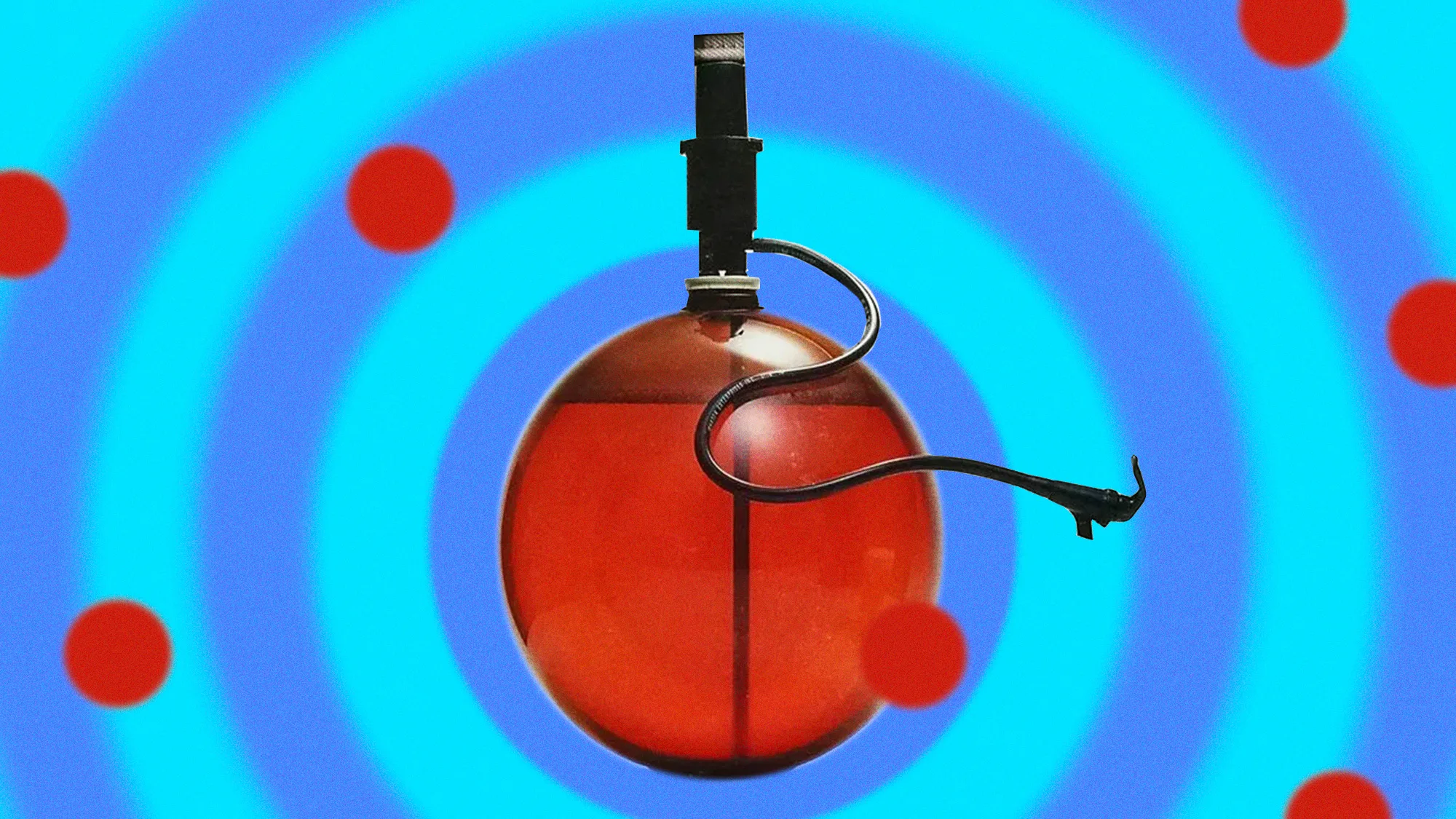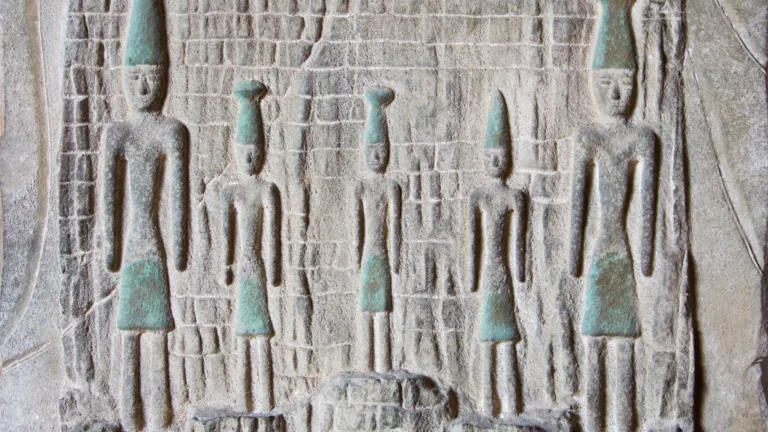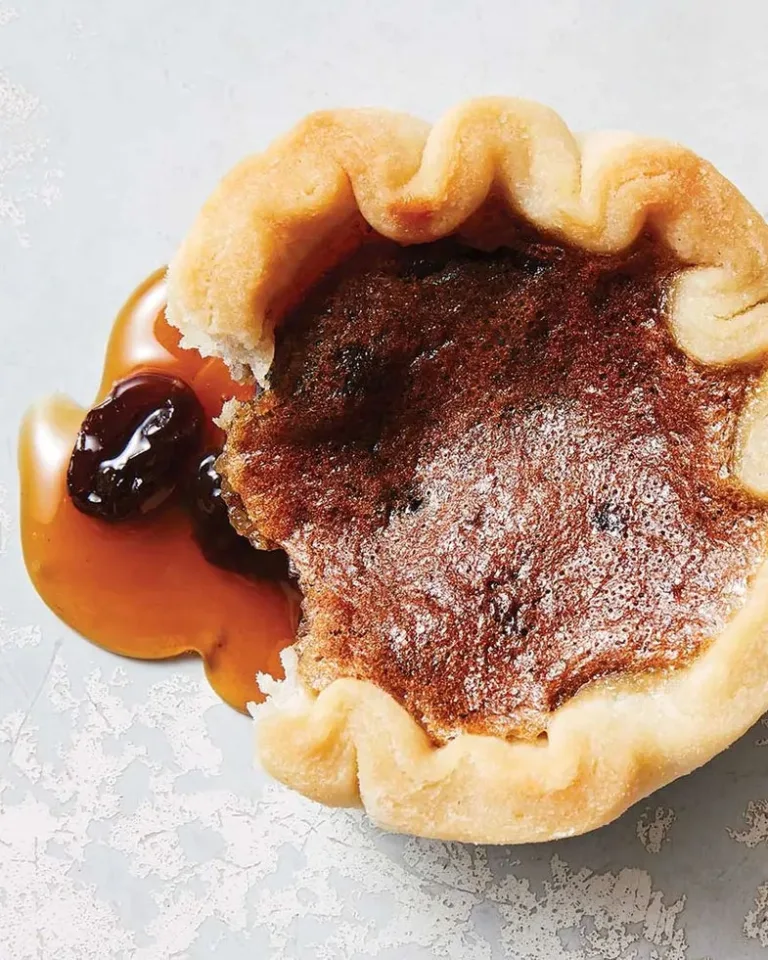The human race’s fascination with turning all their favorite things into spheres — from cake pops to meatballs to Nestle’s early aughts staple Aquapods — is as old as time itself. That’s one reason why if you attended college parties in the ‘80s and ‘90s, there’s a good chance you encountered a beer ball keg. These translucent, amber-tinted orbs were roughly the size of a beach ball, contained a little over five gallons of beer, and functioned as a slightly more convenient alternative to buying a traditional keg or multiple cases of beer. They were essentially party-ready right out of the local beer cave, and once the keg was tapped, party goers would often repurpose the empty vessel into a lampshade, a makeshift soccer ball, or any other orb-shaped household item that crossed their minds. It truly was the gift that kept on giving.
By many accounts, beer balls were beloved. But where did they come from? And more importantly, where did they go?
A Ball Is Born
The first beer ball was conceived by former F.X. Matt Brewery vice president J. Kemper Matt Sr. in 1976, and the Utica-based brewery launched theirs to market the following year. For the first few years, the brewery purchased pre-made plastic balls and filled them with their own beer. By 1982, though, the brand began developing the balls in-house by buying plastic tubes, heating them, and then inflating them until they took shape. Every 5.16-gallon vessel was filled with the since-discontinued Matt’s Premium







